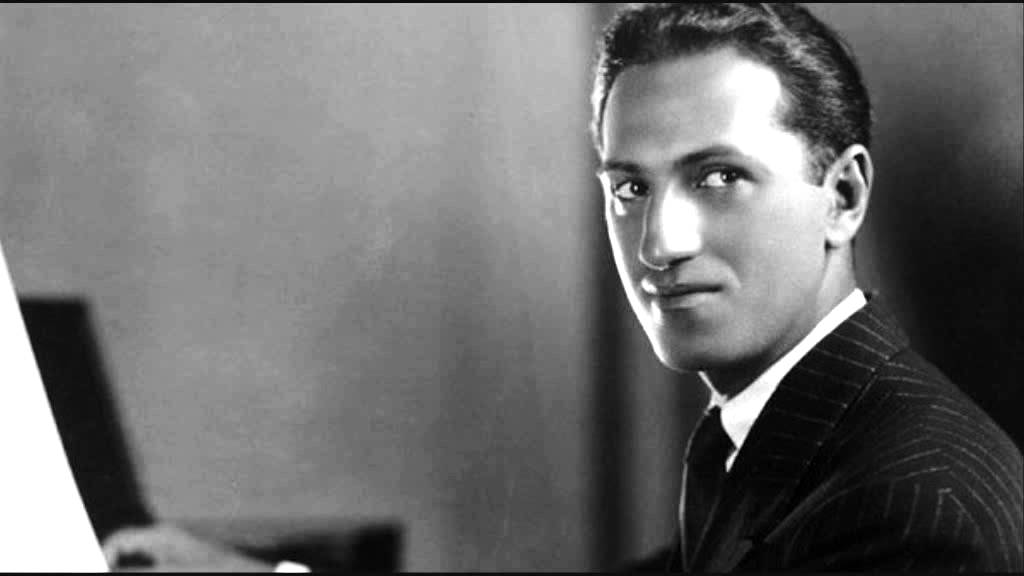
Gershwin: A Jazz-Infused Maestro of American Classical Music
George Gershwin was an American composer and pianist who left an indelible mark on the world of classical music. Known for his unique blend of[…]
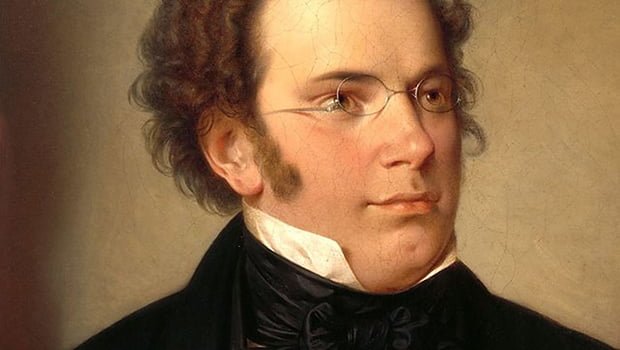
7 Facts About Schubert You Didn’t Know
Franz Schubert was a renowned Austrian composer of the late Classical and early Romantic eras. Despite his short life, Schubert’s musical genius left an indelible[…]
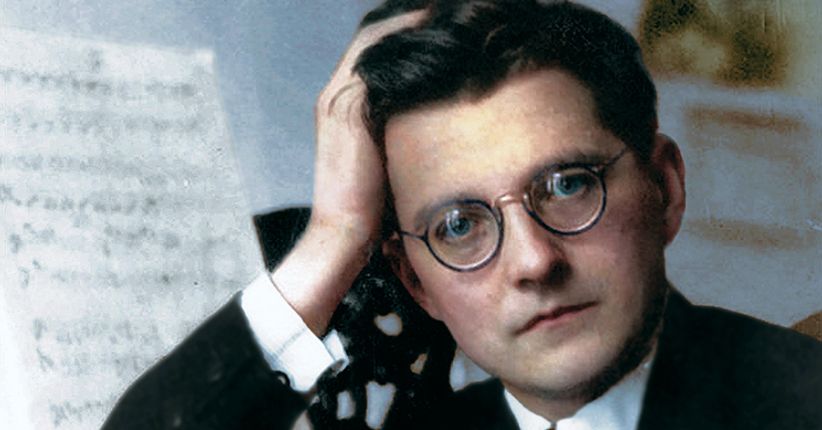
7 Facts About Shostakovich You Didn’t Know
Dmitri Shostakovich, the renowned Soviet composer, left an indelible mark on the world of classical music. Known for his distinct style and ability to convey[…]

Life and History of Shostakovich
Dmitri Shostakovich was a prominent Russian composer of the 20th century, known for his powerful and emotionally charged music. Born on September 25, 1906, in[…]
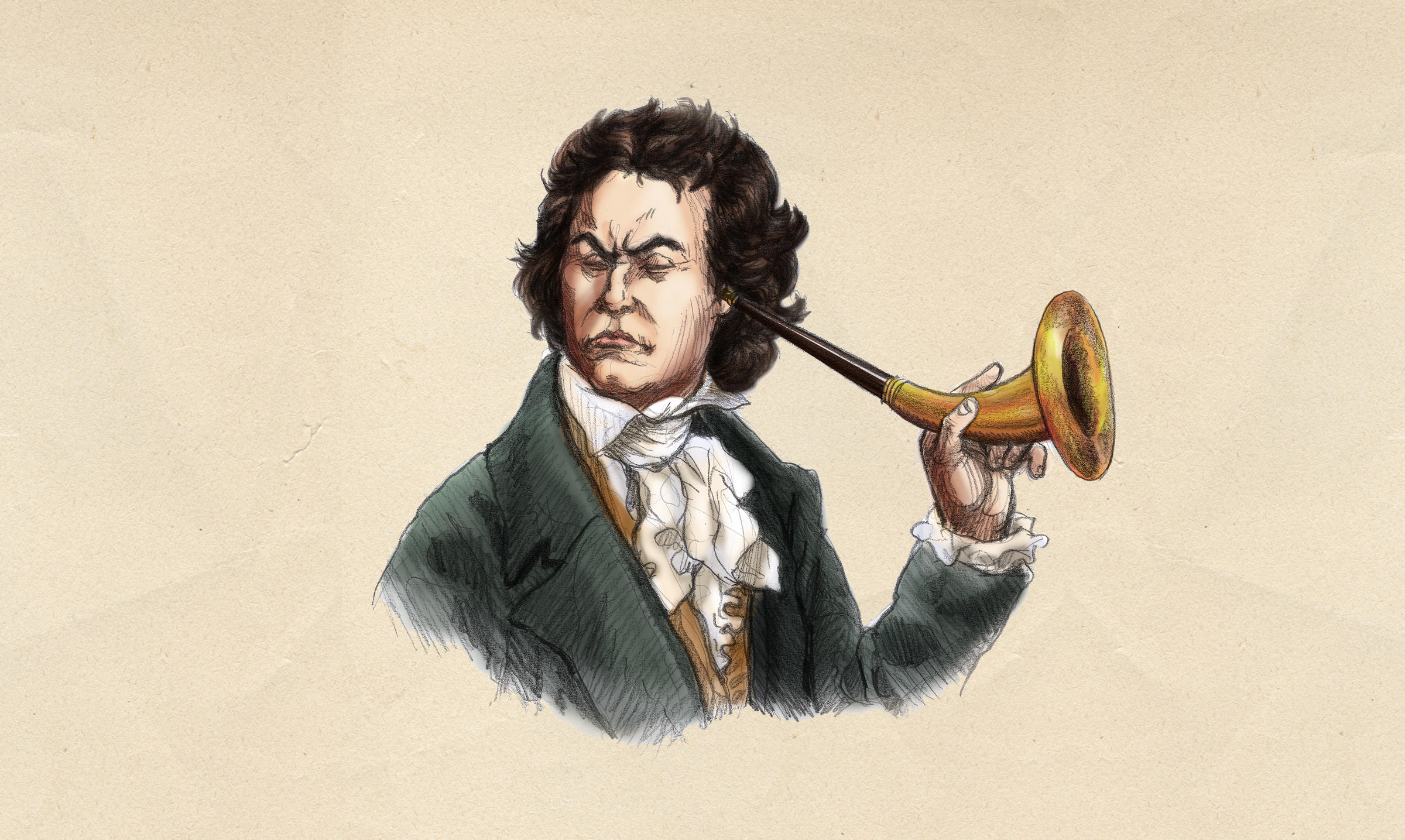
How and why did Beethoven become deaf?
Ludwig van Beethoven, the renowned composer and pianist, is widely celebrated for his incredible musical achievements. However, behind his extraordinary talent lies a tragic and[…]

How did Mozart start composing?
Mozart, one of the greatest composers in history, began his journey as a composer at a remarkably young age. Wolfgang Amadeus Mozart was born on[…]
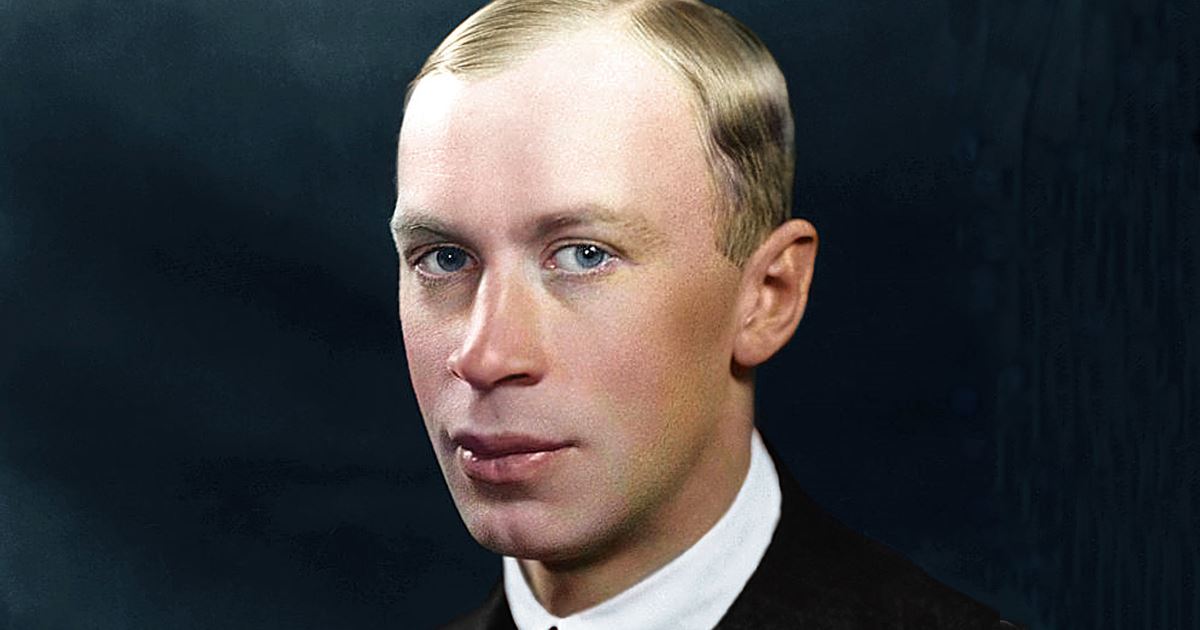
7 Facts About Prokofiev You Didn’t Know
Sergei Prokofiev was a Russian composer and pianist who left an indelible mark on the world of classical music. Known for his unique style and[…]
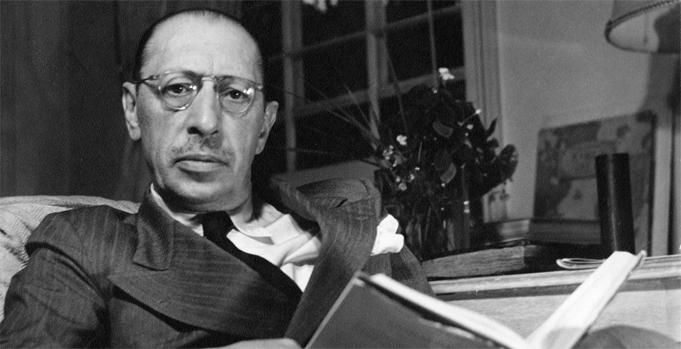
Life and History of Stravinsky
Ígor Fyodorovitch Stravinsky, one of the most influential composers of the 20th century, was born on June 17, 1882, in Oranienbaum, near St. Petersburg, Russia.[…]
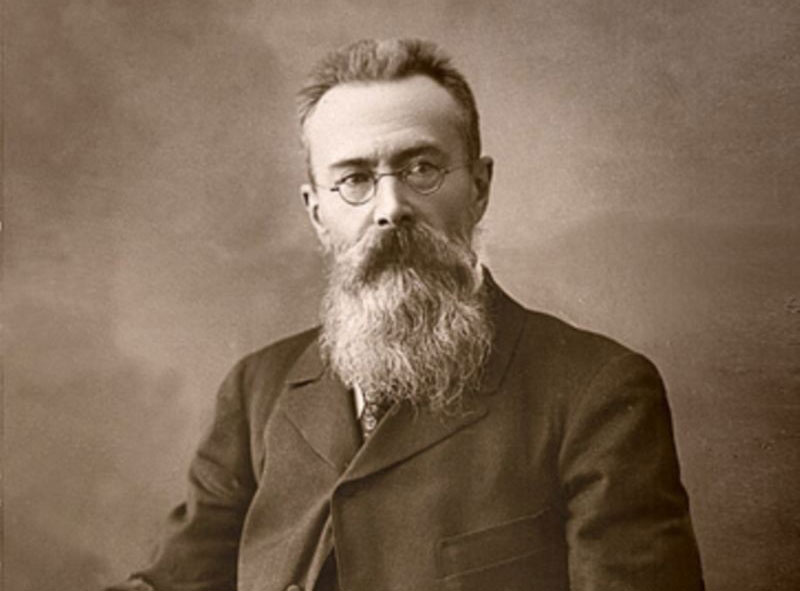
Life and History of Korsakov
Nikolai Rimsky-Korsakov, born on March 18, 1844, in Tikhvin, Russia, was a prominent Russian composer, conductor, and music educator. He is regarded as one of[…]
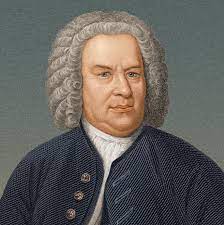
How Johann Sebastian Bach Became Blind
However, at the age of 64, his vision started to deteriorate. He could no longer play the organ, compose music or direct choirs and orchestras.[…]